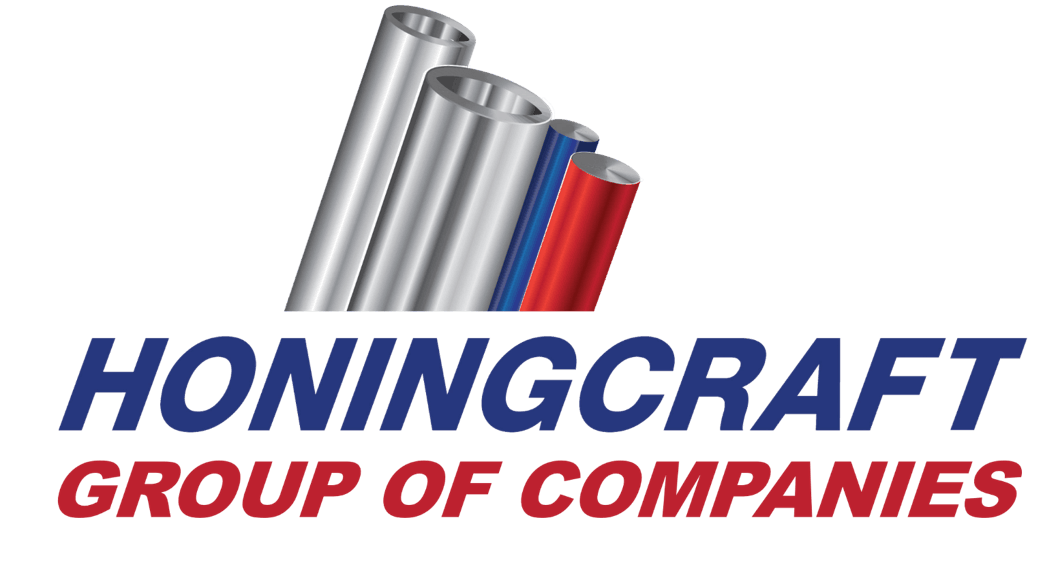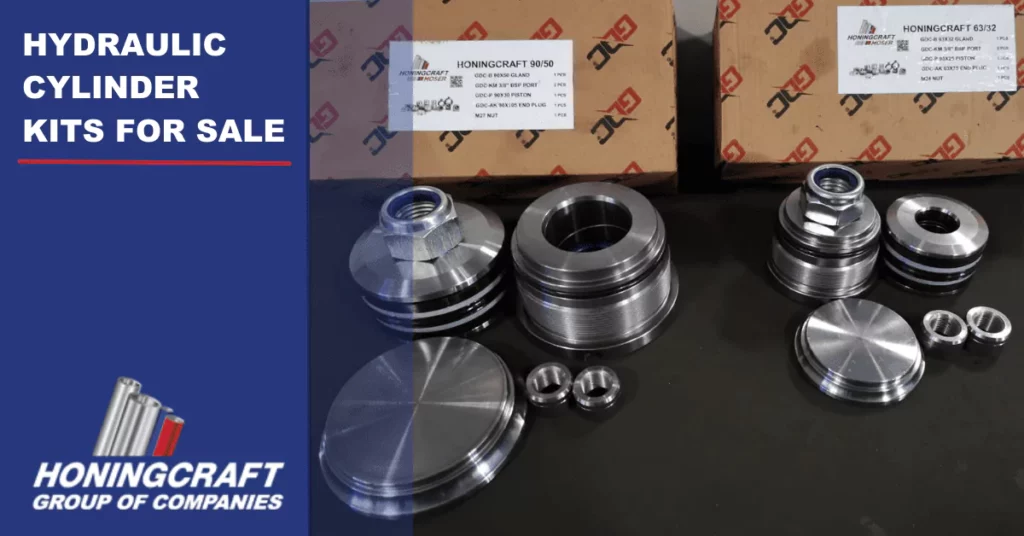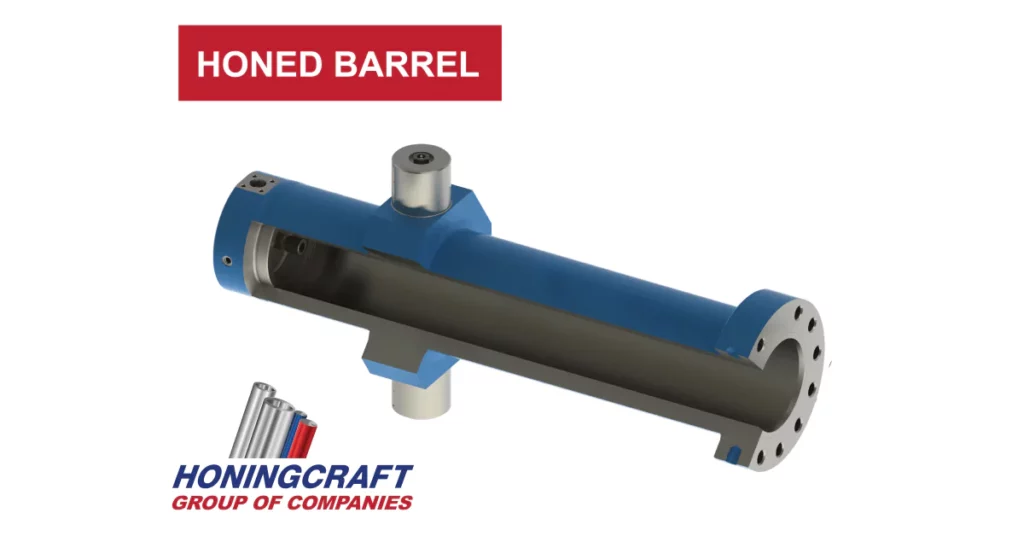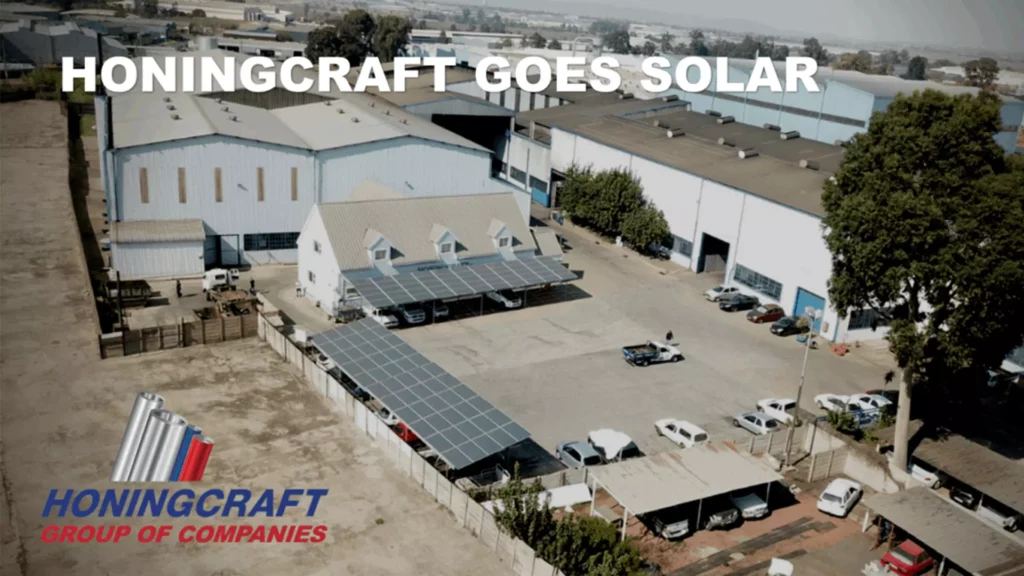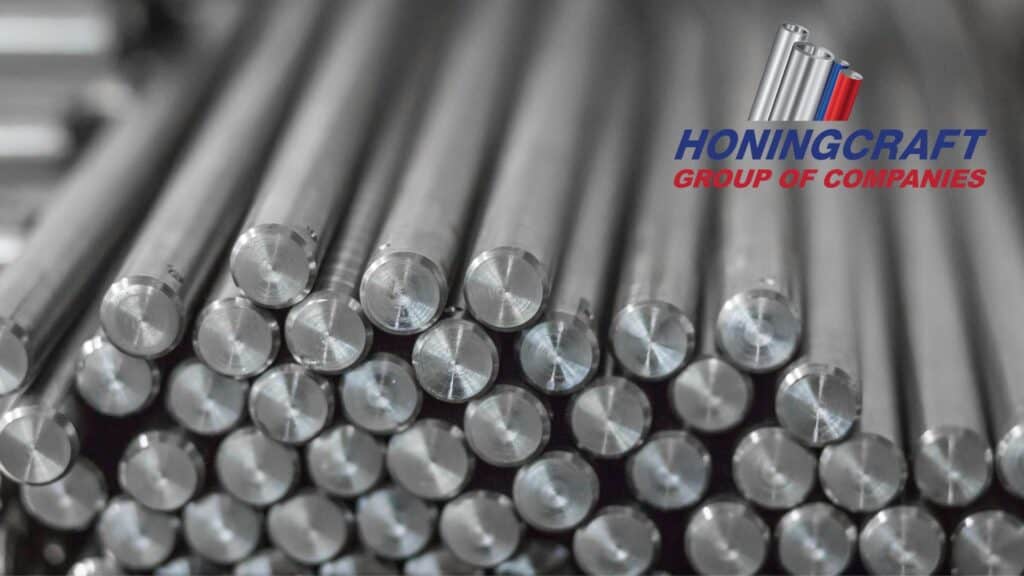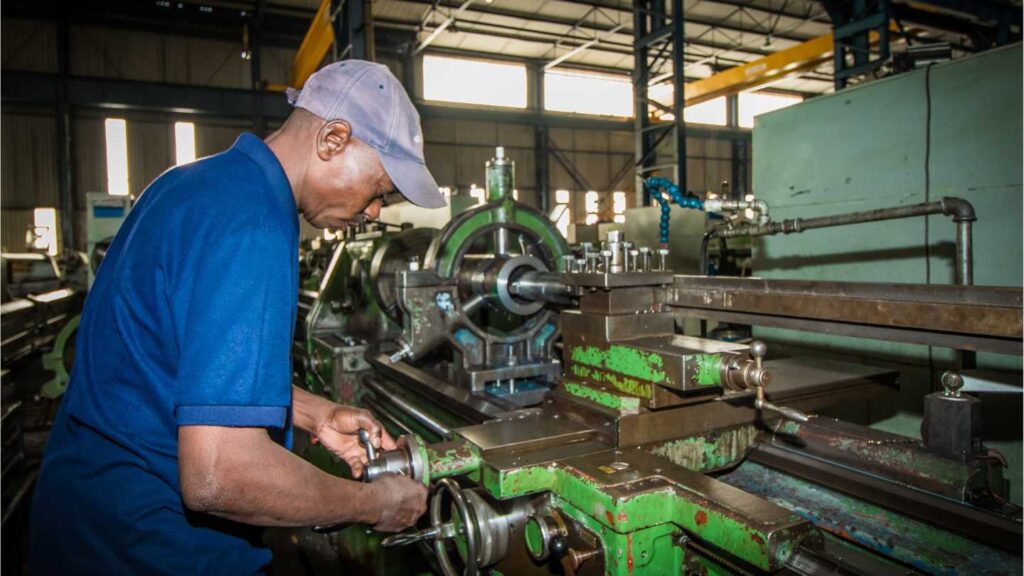Hydraulic cylinders are essential components in various industrial applications, from manufacturing to construction. These cylinders are designed to provide linear force and motion, converting hydraulic energy into mechanical power. However, despite their robust design and functionality, hydraulic cylinders can fail, leading to costly downtime and potential safety hazards. One of the common causes of hydraulic cylinder failure is misalignment, particularly in the clevis and side thrust areas.
Misalignment of Clevises:
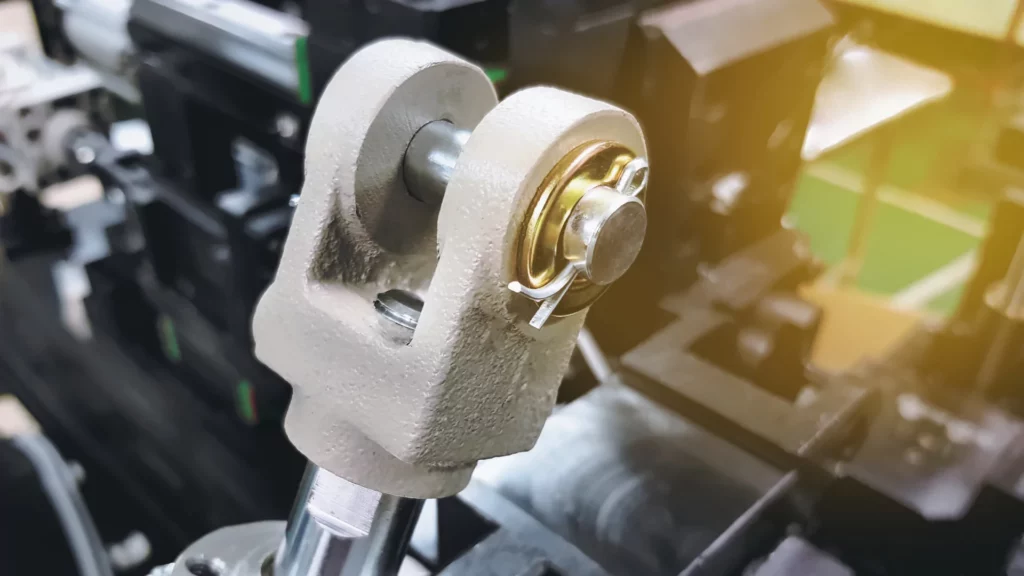
Clevises are crucial components that connect hydraulic cylinders to the machinery they operate. They allow for articulation and movement, facilitating the transmission of force from the cylinder to the intended application. However, when clevises are misaligned, it can lead to various issues, including premature wear, seal damage, and ultimately, cylinder failure.
Misalignment of clevises occurs when the axis of the cylinder is not aligned with the load direction. This misalignment can result from improper installation, inadequate maintenance, or structural changes in the machinery over time. When a hydraulic cylinder operates under misaligned conditions, it experiences increased stress and strain, causing accelerated wear on internal components such as seals, rods, and piston surfaces.
The consequences of clevis misalignment extend beyond mechanical damage. It can also lead to reduced efficiency, decreased performance, and compromised safety. As misalignment worsens, it can cause uneven loading on the cylinder, leading to side thrust issues.
Side Thrust:
Side thrust occurs when external forces act perpendicular to the intended direction of movement of the hydraulic cylinder. These forces can result from various factors, including misalignment, uneven loads, hydraulic system imbalances, or improper operating conditions. Side thrust imposes additional stress on the cylinder, leading to increased friction, wear, and potential failure.
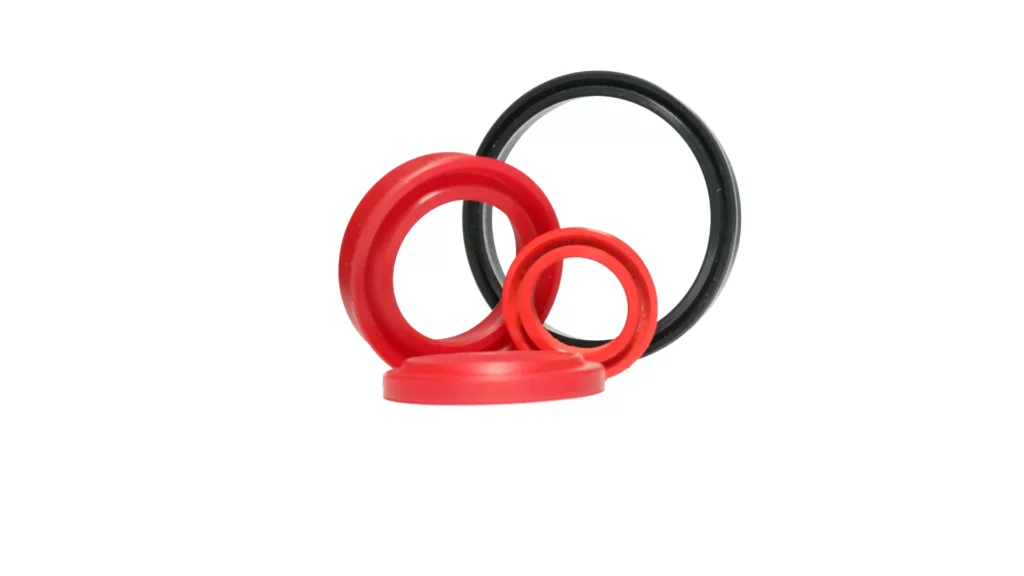
One of the primary concerns associated with side thrust is the impact on seal integrity. Hydraulic seals are critical for maintaining fluid containment and preventing leakage. However, excessive side thrust can cause seals to deform, extrude, or fail prematurely, compromising the integrity of the hydraulic system. Additionally, side thrust can lead to uneven wear on rod surfaces, affecting performance and increasing the risk of leakage.
Preventing Hydraulic Cylinder Failures:
To mitigate the risk of hydraulic cylinder failures due to misalignment and side thrust, proactive maintenance and adherence to best practices are essential. Here are some key preventive measures:
- Proper Installation: Ensure that hydraulic cylinders are installed correctly, with clevises aligned according to manufacturer specifications.
- Regular Inspection: Implement a comprehensive inspection program to identify signs of misalignment, side thrust, or other potential issues early on.
- Alignment Corrections: Address any misalignment issues promptly by adjusting clevises, realigning machinery, or implementing corrective measures as needed.
- Load Monitoring: Monitor loads and operating conditions to prevent excessive side thrust and uneven loading on hydraulic cylinders.
- Maintenance Protocol: Follow recommended maintenance schedules, including lubrication, seal replacement, and component inspections, to prolong the lifespan of hydraulic cylinders.
By addressing misalignment and side thrust issues proactively, industries can minimise the risk of hydraulic cylinder failures, optimise performance, and ensure safe and efficient operation.
In conclusion, while hydraulic cylinders are robust and reliable components, they are susceptible to failure if subjected to misalignment and side thrust. Understanding the causes and consequences of these issues is crucial for implementing preventive measures and maintaining the integrity and performance of hydraulic systems. Through proper installation, regular maintenance, and adherence to best practices, industries can mitigate the risk of hydraulic cylinder failures and minimise downtime, ultimately enhancing productivity and safety in various applications.
At Honingcraft, we understand the importance of reliable hydraulic cylinders for your operations. Our range of high-quality cylinders is engineered with precision to avoid misalignment and side thrust, ensuring optimal performance and longevity. Contact us today to learn more about how we can help enhance the efficiency and reliability of your hydraulic systems.
